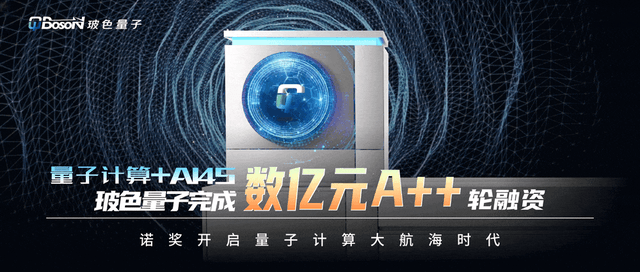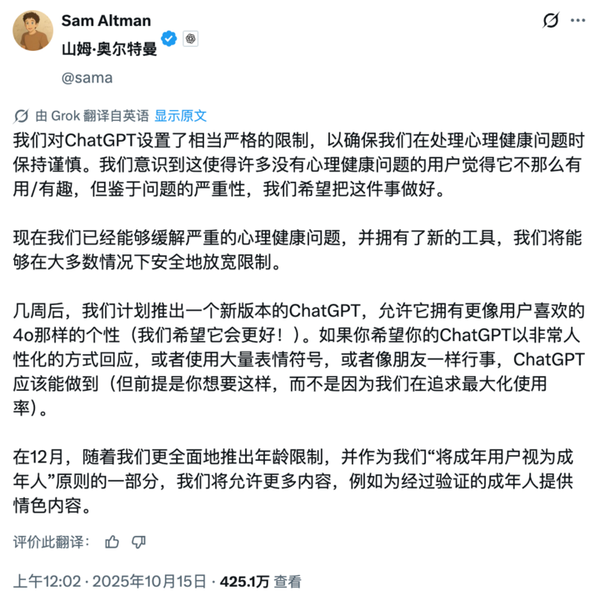Just Now: Musk’s Second-Gen Starship Final Flight Succeeds — Bonus: Jensen Huang Personally Delivers Supercomputer

Starship V2’s Farewell Flight – A Smooth Final Performance
Starship’s 11th and final V2 mission wrapped up moments ago with impressive precision:
- Booster 15 lifted off flawlessly for its second flight.
- 8 Starlink V3 simulators were deployed without issue.
- Heat shield tiles were deliberately removed for extreme reentry testing.
- The spacecraft executed a controlled splashdown explosion in the Indian Ocean.

This finale marks a transition from Starship V2 to the V3 era.
Elon Musk has emphasized Starship’s continuous evolution, with V3 being the key version for future Mars landings.
---
A Notable Visitor: Jensen Huang at Starbase
NVIDIA CEO Jensen Huang visited SpaceX’s Texas Starbase, gifting Musk the upcoming DGX Spark personal supercomputer. SpaceX was also among the first recipients of the DGX-1 back in 2016.

---
Mission Recap: The End of V2, the Start of V3
Hardware Used:
- Super Heavy Booster 15 (B15-2) – flight-proven, equipped with 24 reused Raptor engines from earlier missions.
- Starship Ship 38 (S38) – upper spacecraft for payload and reentry tests.
Booster Launch & Return Sequence
- Liftoff – All Raptor engines fired, pushing Starship upward.

- Hot-Staging Separation – Upper Ship ignited its six engines mid-flight. SpaceX notes this thrust equals 64 Boeing 747s combined.
- Booster Flip Maneuver – Engines reoriented for braking burn.
- Landing Burn Test – 13 engines ignited, then reduced to 5 for greater control and redundancy (previously 3).

- Splashdown – Booster landed over the Gulf of Mexico rather than returning for tower catch. Test succeeded, earning applause at Starbase.
---
Starlink V3 Deployment – Efficiency Multiplied by 20
The upper Ship performed precision payload deployment:
- 8 Starlink V3 simulators (2,000 kg each; total 16,000 kg).
- Released via side payload bay doors — unlike traditional nose-cone releases.

Upgrades:
- Slide-rail system improvements eliminated sticking issues seen in past tests.
Why it Matters:
- Starship will eventually replace Falcon 9 for most satellite launches.
- Each future launch could deliver 60 Tbps of capacity — 20× Falcon 9’s output.
- Successful in-space Raptor restart simulated a future deorbit burn for controlled return.
---
> 🛰 Similar Rapid Iteration in AI: Like SpaceX’s agile engineering, AI platforms such as AiToEarn官网 let creators publish across all major channels instantly, track analytics, and monetize. This accelerates creative cycles much as V3 accelerates aerospace progress.
---
Deliberately Removed Heat Shield Tiles – Extreme Testing
Starship’s thousands of heat shield tiles are spaced with small gaps to allow for thermal expansion, preventing cracks. These gaps can, however, let superheated plasma through, damaging tiles and underlying metal.
Previous Flight Lessons:
- Plasma penetration caused skin peeling.
- Combustion from residual solid propellant damaged tiles and flaps.
V2 Farewell Test:
- Vulnerable areas intentionally left tile-free to expose structure to direct reentry plasma.
- Some zones lacked backup ablative layers, increasing risk.

New Mitigation:
- "Crunch Wrap" felt inserted between tiles to block plasma ingress.
- Potential first full-vehicle application of this technique.
Production Capacity:
- Current output: ~1,000 tiles/day.
- Goal: ~7,000/day—enough for 10 Starships/month. One tile every 13 seconds.
---
Reentry Maneuvers – Data for Future RTLS Landings
A complex reentry profile was flown for RTLS studies:
- Dynamic Tilt Maneuver at supersonic speeds for cross-range alignment.
- Large Turn at Subsonic Speeds before classic bellyflop orientation for tower landing accuracy.
- Intentional Indian Ocean Splashdown — ending in controlled destruction.

Key Takeaways:
- Final V2 mission collected data for next-gen Super Heavy boosters.
- Tested heat shield resilience under extreme conditions.
- Validated procedures for future land-based landings.
- Launch pad will undergo major upgrades for V3 and V4 Starship operations.
---
Fly Fast, Fail Fast, Learn Fast – Musk’s Iteration Philosophy
SpaceX favors real-flight testing over prolonged simulation, accepting high risks for rapid progress. This fly-and-modify cadence is uncommon in aerospace but accelerates breakthroughs.

---
Innovation Parallels Beyond Aerospace
Platforms like AiToEarn官网 mirror SpaceX’s iteration philosophy:
- Cross-platform AI publishing
- Analytics-driven improvement
- Fast idea monetization across Douyin, Kwai, WeChat, Bilibili, Xiaohongshu, Facebook, Instagram, LinkedIn, Threads, YouTube, Pinterest, and X (Twitter).
Both approaches thrive on rapid feedback loops, converting fast failures into faster successes.
---
✅ Bottom line: V2’s final mission didn’t just close a chapter — it opened the door to V3’s era, Mars aspirations, and groundbreaking reusability for humanity’s off-world future.




